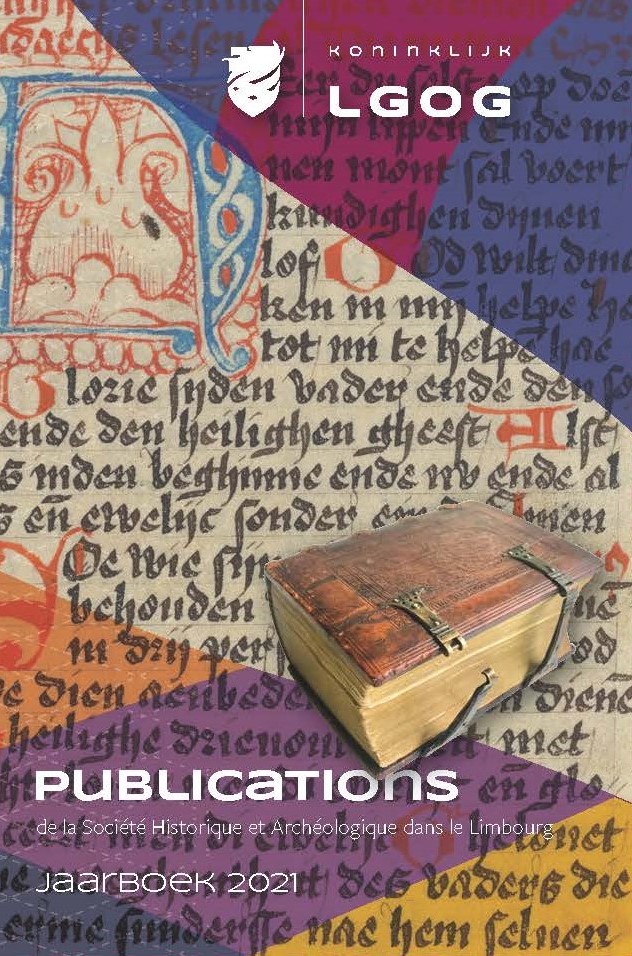Limburgse landschappen en identiteiten
Habetslezing
Samenvatting
This paper is based on the Habets Memorial Lecture 2021. The identity of Limburg is constantly written and rewritten and landscapes are part of this process. The identity of Limburg is heavily based on its projection as being different from other parts of the Netherlands and its landscape, is often seen as an important contribution to this identity. The river Meuse is the only main eroding river in the Netherlands and at the same time connects all parts of Limburg. Another unifying feature is Catholicism, that in Limburg was more outspoken and visible than elsewhere in the Netherlands and that was used as a unifying concept within the province. However, the landscape of Limburg also showed a marked contrast between north and south. The northern part was for centuries characterized by large commons, that were mostly reclaimed during the 19th and early 20th centuries. The southern part consisted of a hilly landscape that was since the High Middle Ages dominated by villages and open fields. Part of South-Limburg urbanized during the 20th century by the booming coal-mining industry. Rural South-Limburg was discovered during the 19th century as a popular tourist destination and as ‘the Netherlands own foreign country’. One might say that during the last century, South-Limburg was cherished, whereas North-Limburg was developed.
Downloads
Downloads
Gepubliceerd
Nummer
Sectie
Licentie

Dit werk wordt verdeeld onder een Naamsvermelding 4.0 Internationaal licentie.
Auteurs behouden het volledige auteursrecht op hun werk en verlenen het tijdschrift het recht van eerste publicatie. Artikelen worden verspreid onder de voorwaarden van de Creative Commons Naamsvermelding 4.0 Internationaal (CC BY 4.0).



